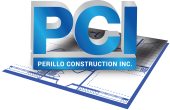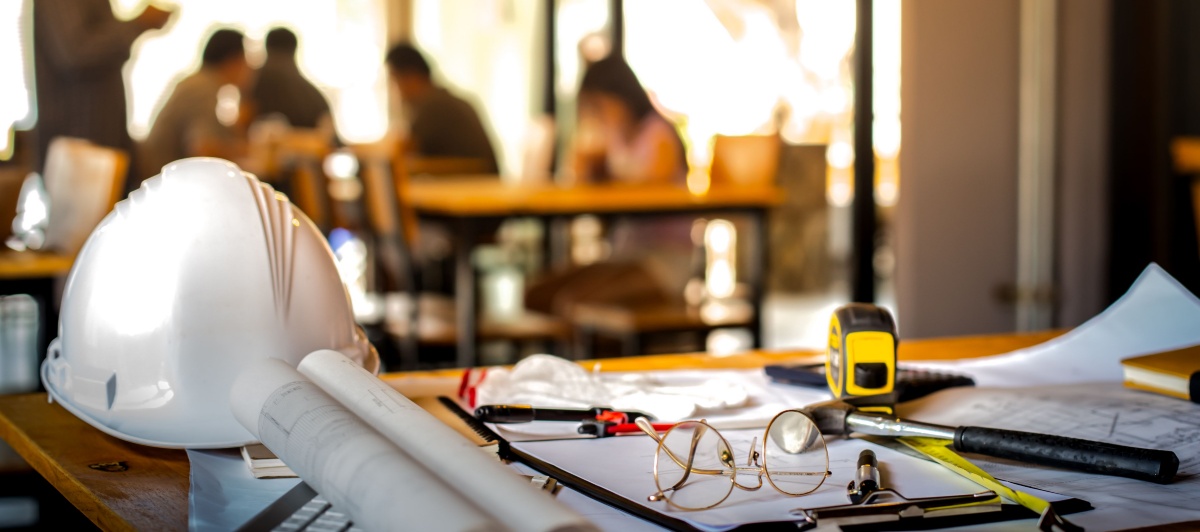Designing an office isn’t just about square footage or furniture—it’s about shaping human behavior. Every wall, desk, light fixture, and material choice influences how people think, feel, and perform. With productivity, innovation, and retention increasingly tied to workplace experience, business owners and developers are realizing the importance of office design rooted in psychology. A well-designed space can minimize distractions, encourage deep work, and create an environment where employees feel energized and engaged.
Elements like layout, lighting, acoustics, and color can be intentionally designed to support focused work and mental clarity; let’s explore how.
Layout: Flow Matters More Than You Think
An effective office layout considers both the tasks employees need to perform and the mental state required to complete them. Open floor plans, while once hailed as the ideal collaboration booster, can often be overwhelming and noisy, hindering concentration. At the other end of the spectrum, overly siloed environments can stifle communication and lead to a feeling of isolation.
The key is balance. Incorporating zones within the office—quiet areas for focused work, collaborative spaces for brainstorming, and transitional zones for informal chats—helps employees self-select their environment based on the task at hand. Visual and physical cues like subtle changes in flooring, lighting, or ceiling height can delineate these spaces without relying on closed doors.
Lighting: Natural Light as a Cognitive Enhancer
Lighting plays a pivotal role in cognitive performance. Poor lighting—especially harsh fluorescents or dim, yellowish bulbs—can strain the eyes and cause fatigue, making it harder to concentrate. On the other hand, exposure to natural light boosts serotonin levels, regulates circadian rhythms, and improves mood and alertness.
Design strategies that prioritize access to daylight—such as open sight lines to windows, glass walls, or skylights—can drastically enhance employee focus and energy levels. Where natural light is limited, adjustable LED systems that mimic daylight patterns can be used to support sustained attention and reduce mental fatigue.
Acoustics: Controlling the Soundscape
Noise is one of the most cited complaints in office environments, and it has a real impact on productivity. Even intermittent background conversations can reduce an employee’s ability to perform cognitive tasks.
Acoustic design should aim to both absorb and isolate sound. This can be achieved through materials like carpet tiles, acoustic ceiling panels, sound masking systems, and thoughtful spatial planning that places quiet zones away from high-traffic or collaborative areas. Creating small enclosed rooms for phone calls or virtual meetings can also help reduce ambient noise and protect focus.
Color Psychology: Setting the Tone for Focus
Color influences mood and behavior more than most people realize. Cool colors like blues and greens tend to be calming and aid in focus, while warmer tones like reds and oranges can spark energy and urgency—though they can also overstimulate if overused.
For office spaces where deep concentration is essential, softer, cooler tones are often best. Accent colors can be used strategically in collaborative areas to inspire creativity and alertness. It’s important to consider not just walls but also the color of furniture, décor, and even branding elements that occupy employees’ visual field during work.
Personalization and Control: Empowering Employees
When people feel in control of their environment, they tend to feel more comfortable and perform better. Allowing for personalization—like adjustable lighting, ergonomic seating, or the ability to decorate one’s workspace—can improve job satisfaction and focus.
Even flexible workspaces that allow employees to choose where and how they work during the day (e.g., quiet nooks, open tables, standing desks) create a sense of autonomy that positively affects mental well-being and concentration.
Putting It All Together
Designing an office space that enhances employee focus requires a multi-dimensional approach. It’s not enough to simply make a space look attractive. Psychological principles must be applied to how people move through the space, what they see, hear, and feel throughout the day, and how their workspace supports their mental and emotional needs.
When productivity, creativity, and well-being are considered alongside functionality, the result is an office that doesn’t just house employees—it actively supports them.
A Smarter Approach to Office Design
If you’re planning to renovate your office or build out a new workspace, consider how design choices will impact your team’s ability to focus and thrive. Companies like Perillo Construction work with clients to turn these psychological principles into practical design and construction solutions. By building with intention, you’re investing in more than just infrastructure—you’re shaping a more effective, empowered workforce.

